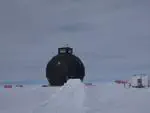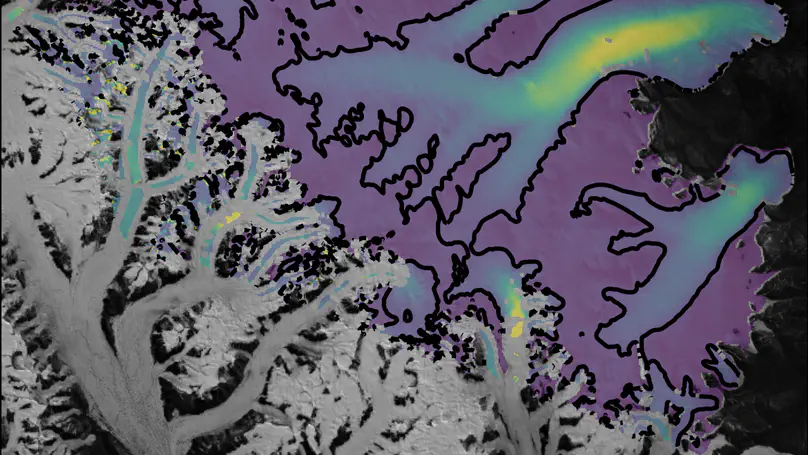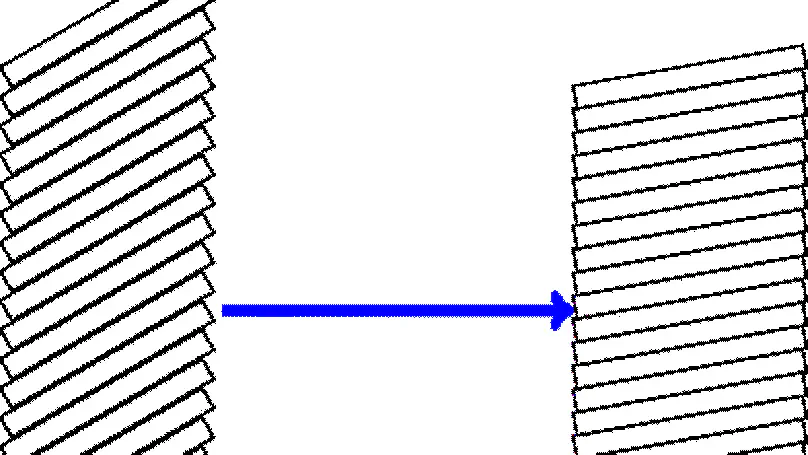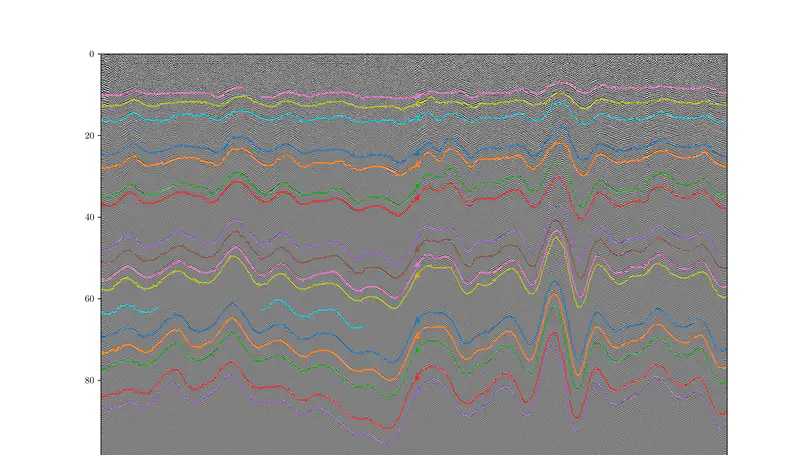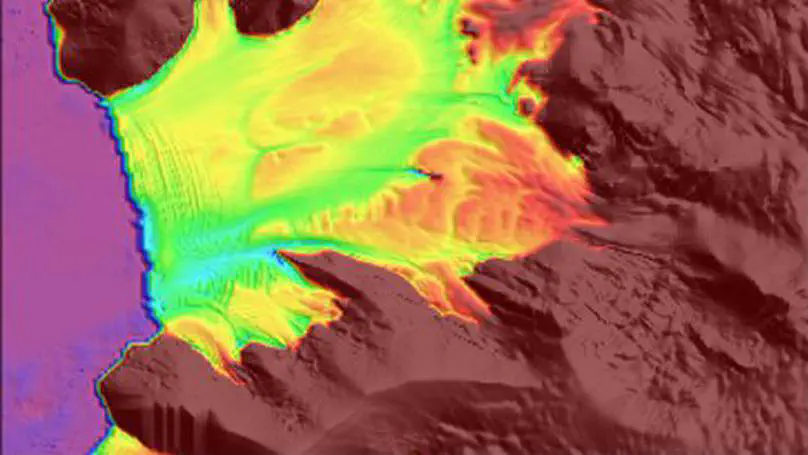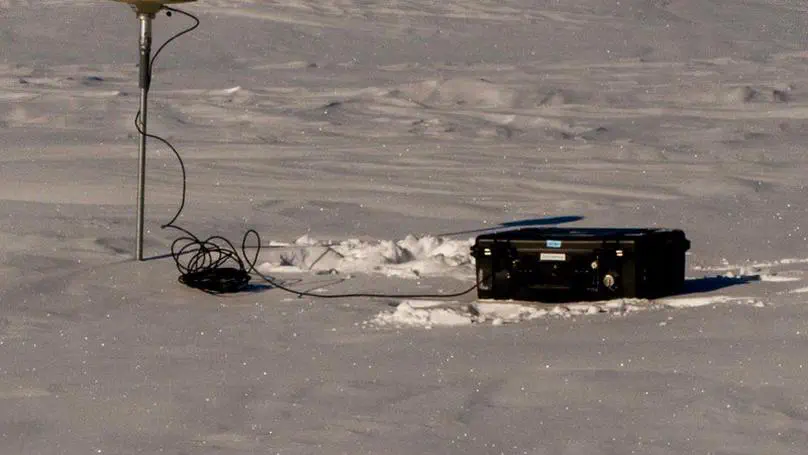Biography
Starting January, 2024, I will be an Assistant Professor in the Department of Earth and Atmospheric Sciences at Indiana University. Currently, I am a Research Associate at the Centre for Earth Observation Science at the University of Manitoba. I study the dynamics of ice streams and outlet glaciers using numerical models, remote sensing, and field data. My primary interest is understanding how recent changes to large outlet glaciers will propagate upstream; this involves simulating modern changes as well as contextualize current retreat by understanding past ice flow.
I am looking for students and a postdoc to start at IU in August, 2024. If you are a student interested in ice-flow modeling, ice-crystal fabric, or radioglaciology, please see opportunities below for more information or get in touch at dlilien@iu.edu.
- Ice streams and outlet glaciers
- Ice-crystal fabric
- Radioglaciology
- Modeling
-
PhD in Earth and Space Sciences, 2019
University of Washington
-
BS in Mathematics and Physics, 2013
Yale University
Academic appointments
Recent Posts
Featured publications
Other recent publications
Projects
Opportunities
I am looking for a graduate student and a postdoc to start at the Department of Earth and Atmospheric Sciences at Indiana University. Potential topics include investigating the large scale effective rheology of ice, particularly how it is affected by of ice-crystal fabric; calibration of ice-crystal fabric models using ice-core and radar data; or developing methods to use radar data to understand past and present ice flow. Other topics related to ice-flow modeling, ice-crystal fabric, and radar are also possible.
You would be joining a strong earth and atmospheric science department in an very livable city. Bloomington is an affordable place to live, with a vibrant arts and music scene and more culinary options than you would expect from a city of its size. Bloomington is probably not as flat as you think, and outdoor opportunities, particularly mountain biking, are closer than you might expect from the midwest. IU is consistently ranked among the nation’s most LGBTQ-friendly campuses.
The graduate student (MS or PhD) would begin fall semester, 2024. Applicants will ideally have a strong background in mathematics, physics, or similar quantitative fields, and a desire to take those skills and apply them to glaciology; potential students with other backgrounds but a drive to learn are also encouraged to apply. Students accepted into the IU Earth and Atmospheric Sciences program are guaranteed support for 2-5 years depending on the degree. Further information on how to apply is here. Note that the deadline is December 1, 2023 for international students and January 6, 2024 for US students.
A postdoc could start as early as summer, 2024. Candidates are encouraged to get in touch with me to discuss possible projects at the intersection of our interests.
Recent & Upcoming Talks
Contact
- dlilien@iu.edu
- 1001 East 10th Street, Bloomington, IN 47405
